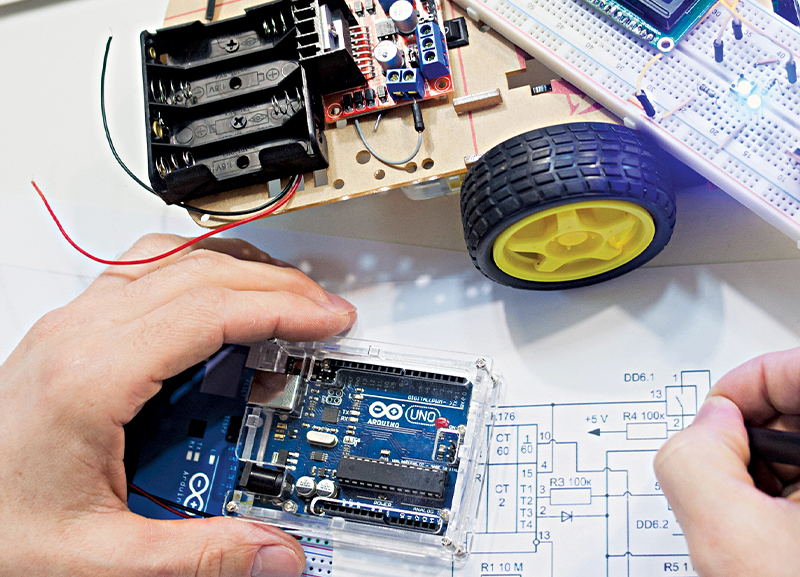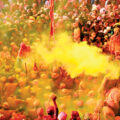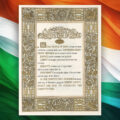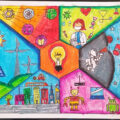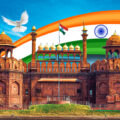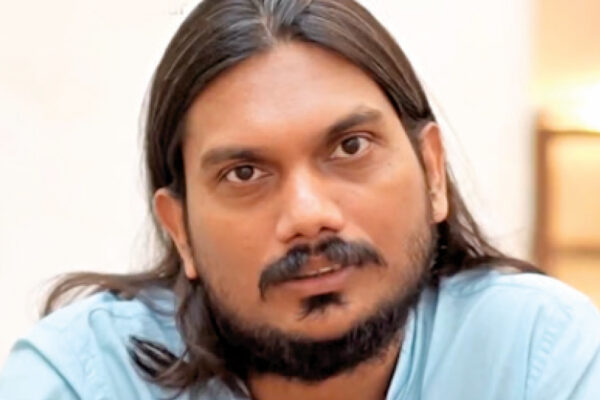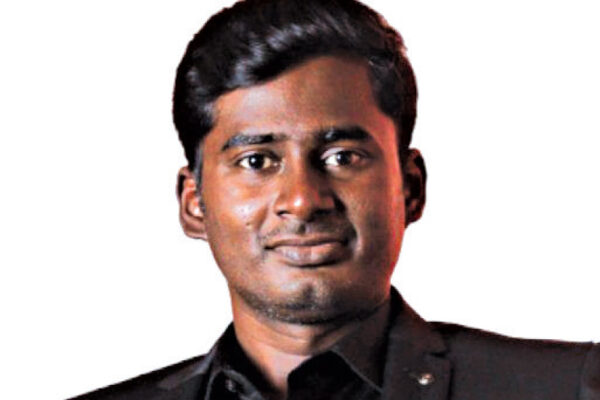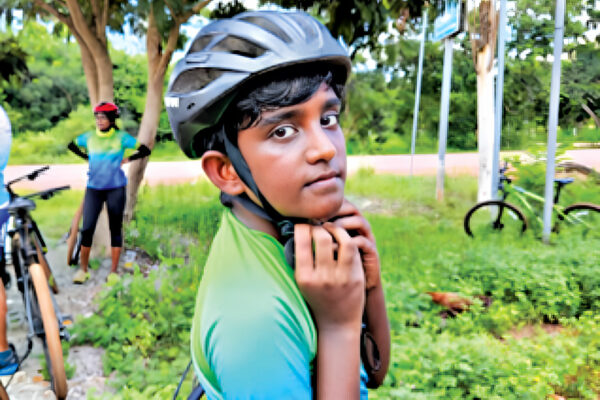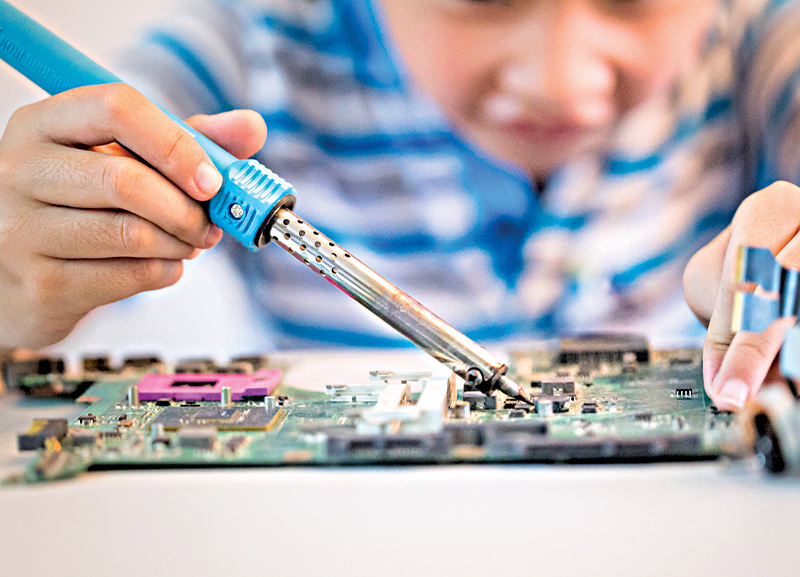
Introduce us to your inventions.
I have built a low-cost PuleOximeter for COVID-19 patients, a fire safety device called the Fire MCB (miniature circuit breaker), an automatic plant watering system, ultrasonic eyes for disabled people, a low-cost Bluetooth, a switch for home automation and a Wi-Fi switch that can be controlled from anywhere in the world.
At what age did you create your first invention?
At the age of eight years, I started to learn electronics from Dr Ramani Kalpathi. By nine, I had started to explore electronics and work on my own projects. During the lockdown, I spent a lot of time immersed in a sea of invention and that’s when I thought about creating the low-cost PuleOximeter as the invention is based upon people’s current needs and problems.
How is your oximeter different from what is commercially available?
The oximeter plays a crucial role in monitoring oxygen levels as it tells an individual about their dropping levels. Currently, India is in its second wave of COVID-19 (this interview was conducted in 2021). My low-cost PuleOximeter is different from the regular oximeter because it costs all of ₹700 or $10, but functions with the same accuracy. The regular pulse oximeters available in stores run on battery, but my PuleOximeter can work on a power bank, mobile phone, computer and even a wall adapter and that makes it extremely user-friendly.
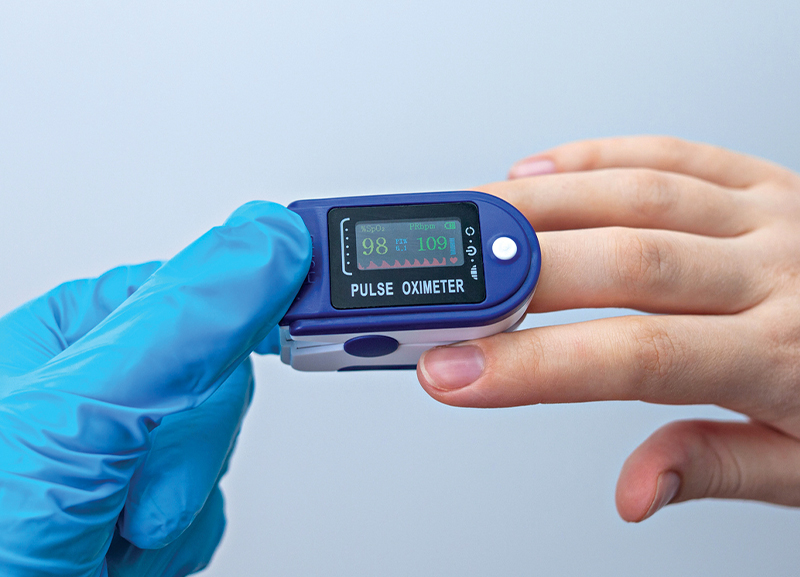
Tell us about your second invention, the ultrasonic eyes.
As the name suggests, this device alerts the blind of objects or obstacles in their path. The device works on a simple logic—it senses the object by using ultrasonic waves. If there is an obstacle, it activates the buzzer or vibration motor, which alerts the visually disabled.
And what about the Fire MCB?
To avoid accidents during an electronic fire, I invented a device called the Fire MCB, which automatically turns off the power/ MCB if and when a fire is detected.
Who helped you design the oximeter, Fire MCB and ultrasonic eyes?
Apart from learning from the internet, my parents and my grandfather assist me with my projects.
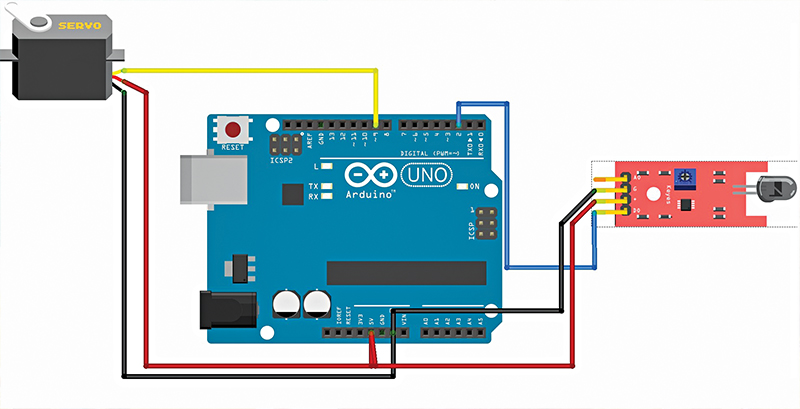
Where do you get the information you need to make these inventions?
My father discusses the news with me and I thus know of the problems people are going through. Then, I discuss my ideas with my parents. I get the information I need from the internet using YouTube or Wikipedia. I also watch technical channels, study experiments scientists perform and scan through sensor datasheets, when required. For me, the media, YouTube and Wikipedia play a vital role, as they expose me to a world of information on current innovations and technology development from all across the world.
How do you manage your creative time with your school studies?
During the lockdown period, I was working on my inventions almost all the time as I wanted to explore, learn and invent, but prior to that, I worked on my inventions whenever I had some free time; but mostly at night.
What do you plan to do in the future?
My ambition is to invent many gadgets that will be useful for humankind. I also want to do my higher education in the field of electronics in a university overseas. And I wish to get full sponsorship for my higher education, so I can pursue my studies without any financial obstacles.
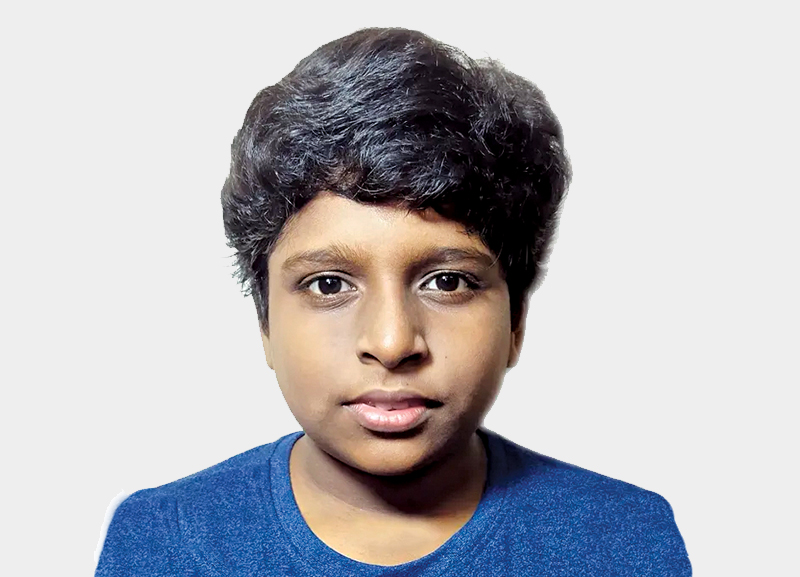
Vishan Amarnath is a class 9 CBSE student at Sudharsanam Vidyaashram School, Chennai, Tamil Nadu. His hobbies are to innovate and create new devices that will be useful for everyone. He spends a lot of his time learning about the latest technology through the internet. Additionally, during the lockdown, he also learnt to cook from his mother. To know more about Vishan, log on to www.vishanamarnath.com
